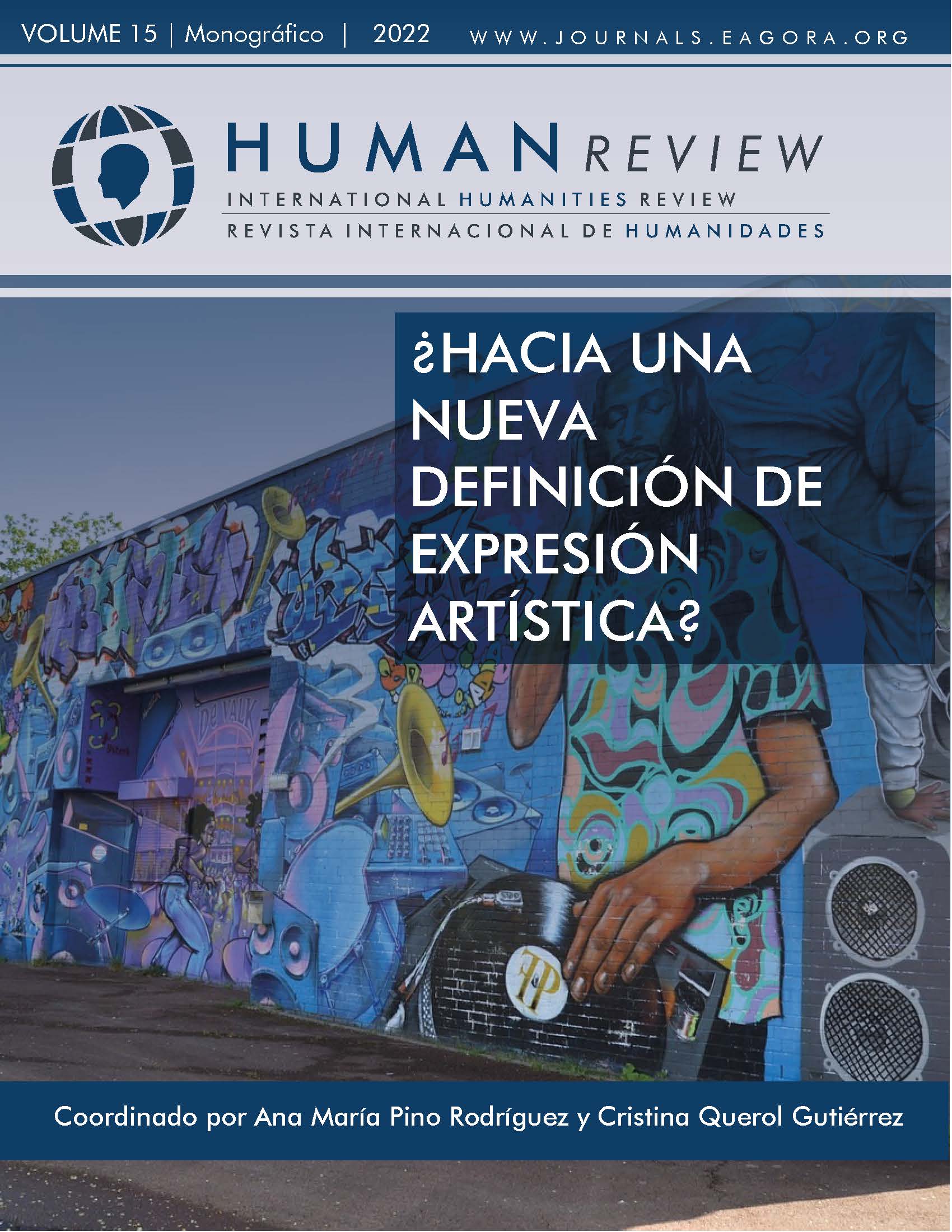Interpreter Training: Nonverbal Communication and the Interpretative Process
DOI:
https://doi.org/10.37467/revhuman.v11.4353Keywords:
nonverbal communication, interpreter training, discourse análisis, discourse analysis, consecutive interpreting, simultaneous interpretingAbstract
This paper’s focus is placed on interpreting training, offering teaching techniques that allow students to master the analysis, understanding and proper use of nonverbal communication. More specifically, it addresses the importance of paralanguage (that is, our voice and its characteristics) in the interpretation process, its influence on the verbal message and the relevance of its proper use in order to offer an accurate interpretation that keeps the intention and sense of the original message. A series of basic exercises for the development of the interpreting technique are offered as well.
References
Abuín González, M. (2004). «Problemas y estrategias en la interpretación consecutiva: consideraciones metodológicas». Puentes 3: 19-28.
Aguado, A. / Nevares, L. (1995). «La comunicación no verbal». Tabanque: Revista pedagógica 10-11: 141-154.
Aguirre, G. / Beiras, T. (1976). «Datos para una investigación sobre comunicación no verbal». Anuario de psicología 15: 37-60.
Ambady, N. / Rosenthal, R. (1998). «Nonverbal communication». Encyclopedia of Mental Health. Harvard: Universidad de Harvard, 775-782.
Besson, C. / Graf, D. / Hartung, I. / Kropfhäusser, B. / Voisard, S. (2005). The importance of non-verbal communication in professional interpretation. AIIC.
Carcedo González, A. (1994). «Enseñar la entonación: consideraciones en torno a una destreza olvidada». Problemas y métodos en la enseñanza del español como lengua extranjera: actas del IV Congreso Internacional de ASELE (Asociación para la Enseñanza del Español como Lengua Extranjera), 257-266.
Castillo, G. (1982). «El comportamiento no verbal y el concepto de totalidad en el proceso de la comunicación». Revista Comunicación y Medios 2: 61-67.
Cestero, A. (2006). «La comunicación no verbal y el estudio de su incidencia en fenómenos discursivos como la ironía». Estudios de lingüística: E.L.U.A. 20: 57-78.
Cestero, A. (2014). «Comunicación no verbal y comunicación eficaz». Estudios de lingüística: E.L.U.A. 28: 125-150.
Ekman Group: https://www.paulekman.com/nonverbal-communication/
Ekman, P. (2015 [2003]). El rostro de las emociones. Barcelona: RBA. Trad. de: Jordi Joan Serra.
EnClave ELE: https://enclave-ele.net/
Kelly, Dorothy (2002). «Un modelo de competencia traductora: Bases para el diseño curricular». En Puentes. Número 1. 9-20.
Poyatos, F. (1994). La comunicación no verbal (Vol. II): Paralenguaje, kinésica e interacción. Madrid: Istmo.
Poyatos, F. (1997). «The reality of multichannel verbal-nonverbal communication in simultaneous and consecutive interpretation», en F. Poyatos (ed.), Nonverbal Communication and Translation: New Perspectives and Challenges in Literature, Interpretation and the Media. Amsterdam, Philadelphia: John Benjamins Publishing Co., 249-282.
Valero, C. / Schnell, B. / Rodríguez, N. / Cuñado, F. (2015). «Estudio preliminar sobre el ejercicio de la interpretación y traducción judicial en España». Sendebar: Revista de la Facultad de Traducción e Interpretación 26: 137-166.
Valiente Boloy, Y. (2012). «La comunicación no verbal y su relación con la interpretación», en: Actas ACTI. Ponencia presentada en el VIII Simposio de Traducción, Terminología e Interpretación Cuba-Canadá.
Downloads
Published
How to Cite
Issue
Section
License
Those authors who publish in this journal accept the following terms:
- Authors will keep the moral right of the work and they will transfer the commercial rights.
- After 1 year from publication, the work shall thereafter be open access online on our website, but will retain copyright.
- In the event that the authors wish to assign an Creative Commons (CC) license, they may request it by writing to publishing@eagora.org









